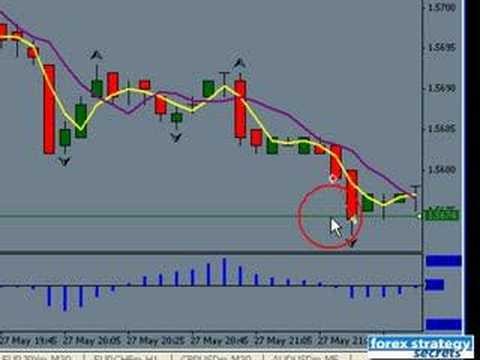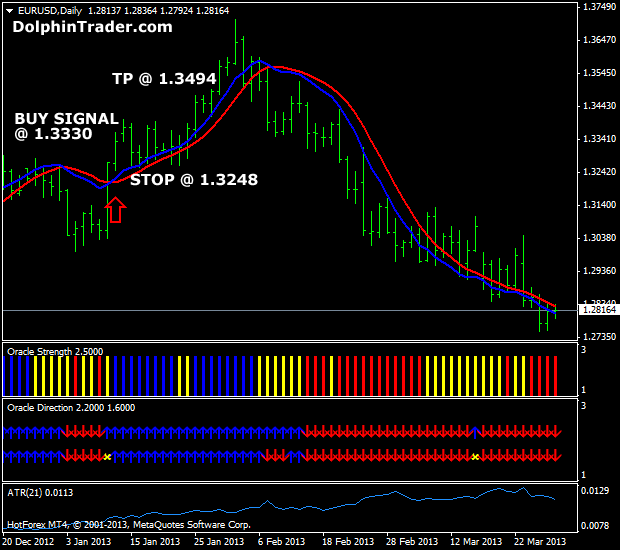Different Types of Forex Indicators
Post on: 10 Апрель, 2015 No Comment

Recommended:
Different Types of Forex Indicators
Tue, 08/16/2011 — 12:21 — IndicatorForex.com
In this article you will discover the different types of Forex indicators and how they are used. We will explain about the various types of indicators and when it is best to use each one.
Trend-Following indicators
The first type of trading indicators is the trend-following indicators which are the most popular type of indicators. Trend-following indicators are good in identifying trends and giving you simple buy and sell signals.
The disadvantage of trend-following indicators is the fact that they lag significantly after price and generate signals late so you enter only after the trend has begun. This may still be good enough for you to profit from, in markets that trend strongly (like the GBPJPY or CADJPY) but in ranging pairs like the EURUSD they will not be profitable enough.
Examples for Indicators that are trend-following are the Moving Average, MACD and the Parabolic SAR:
Counter-Trend indicators
These indicators generate trends that are counter-trend, they give you signals before the market has moved. The advantage of such indicators is clear: you get signals much earlier so your risk is lower and you can profit from the whole trend.
However the disadvantage of such indicators is the fact that their accuracy is lower.
Examples for indicators that are counter-trend are Stochastic Oscillator, RSI (Relative Strength Index) and CCI (Commodity Channel Index).

Volatility Indicators
There is another type of indicator that measures the volatility of price, usually using the formula of standard deviation. They can show you how strong the last trends were, or if price is in a squeeze (period of low volatility that leads to a breakout).
These indicators are more sophisticated than the regular indicators that generate signals, in the way that they can be used to project supportresistance levels or even predict breakouts. For example, after a period of low volatility there is usually a breakout in price – by observing volatility indicators we are able to predict these periods well.
These indicators can also be used to calculate dynamic stop loss so your risk changes as volatility rises or falls. This way your trading systems adapt to changes in volatility and can be used on many different FX pairs.
Examples for volatility indicators are the Bollinger Bands and the Average True Range.
Now that you are familiar with the types of Forex indicators it’s time to familiar yourself with the indicators and find the ones that fit your trading style best. It is recommended to use several indicators to confirm the signals and get more accurate trades.














